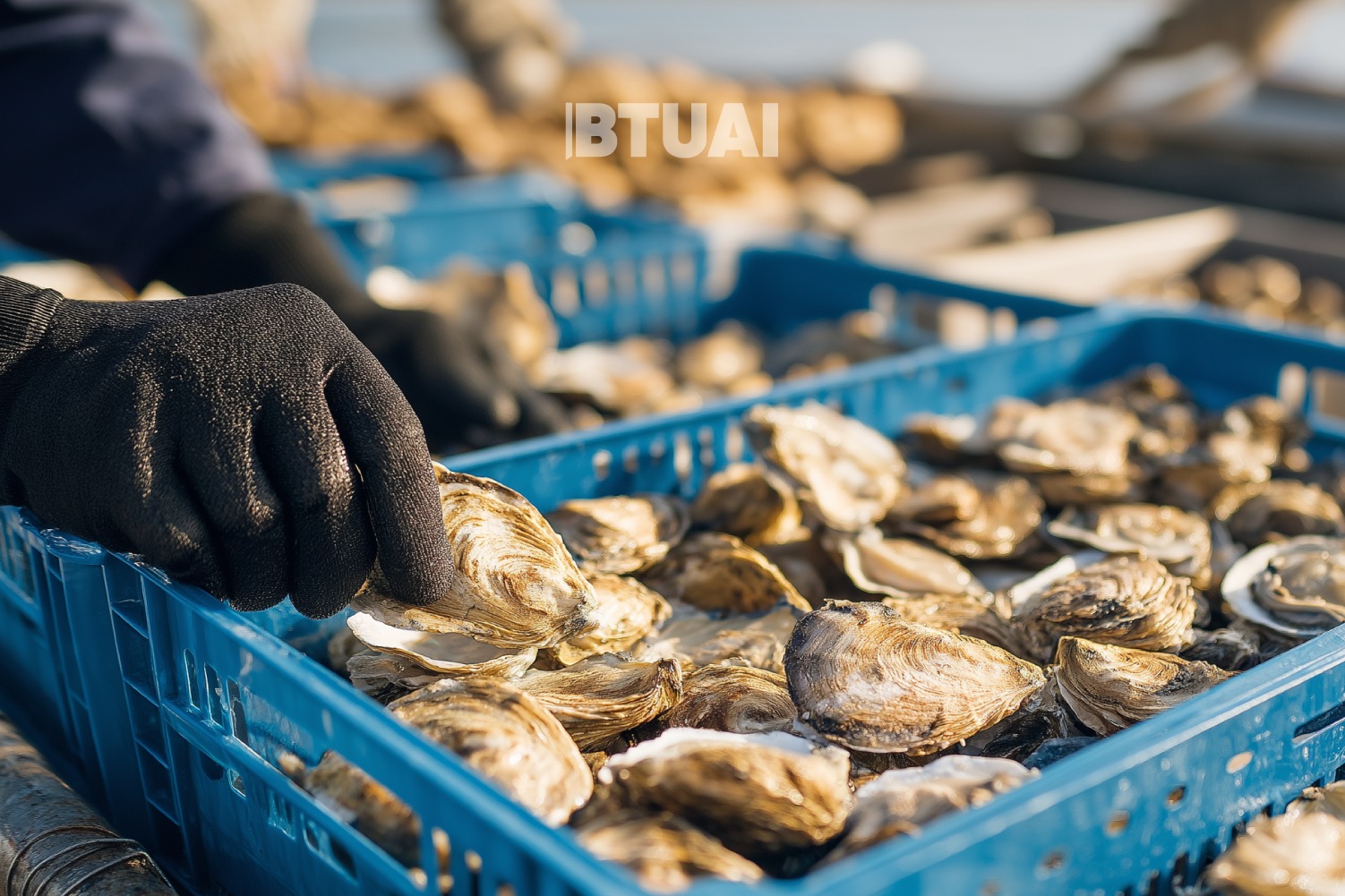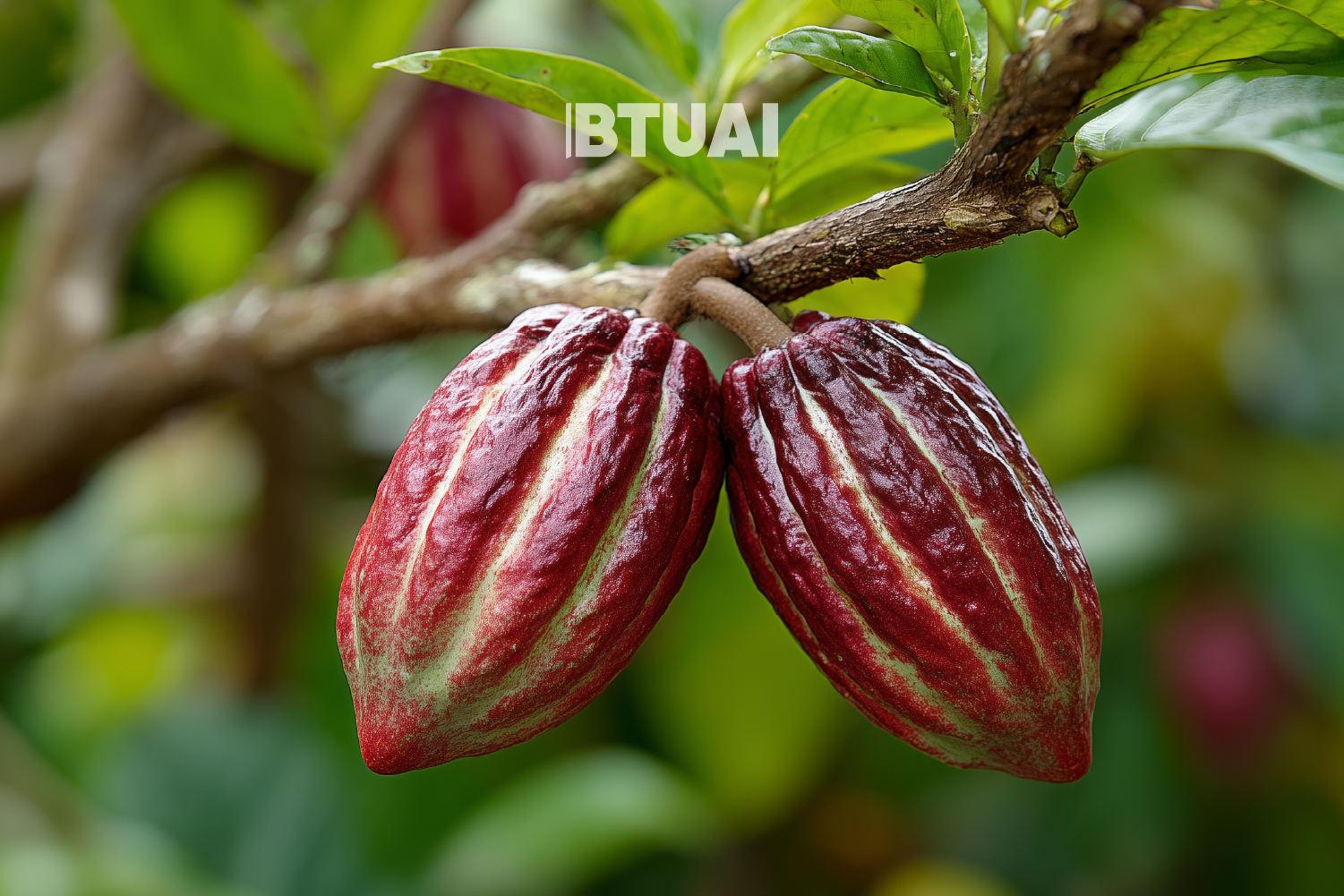Tourist Transaction Map
In recent years, the structure of tourism in Georgia has been distinguished by particularly interesting trends, as once again

In recent years, the structure of tourism in Georgia has been distinguished by particularly interesting trends, as once again confirmed by the latest report from Visa Consulting & Analytics presented during a joint event by Visa and the American Chamber of Commerce (AmCham). The event, led by Diana Kiguradze, Visa’s regional manager for the Caucasus and Moldova, focused mainly on analyzing the behavior and economic role of foreign visitors.
According to research data from 2022–2024, the demographic profile of Georgia’s visitors is quite diverse: more than 35% of visitors come from the Middle East, 30% from European countries, and 25% from the CIS region. This data shows that the country is no longer of interest only to regional neighbors — Georgia has dynamically positioned itself on the global tourist map and attracts high-spending tourists from multiple continents.
The duration of tourist stays is mostly short-term: about 80% spend less than two weeks in Georgia, and almost half stay for less than three days. On such brief visits, guests mostly visit only one city, with Tbilisi being the main choice, although Batumi and Kutaisi also clearly appear on the tourist radar. Seasonality is also pronounced: for tourists from Saudi Arabia, Georgia’s peak season is July-August, while for visitors from Turkey and the United Arab Emirates, in addition to summer, December is also popular.
Against this trend, it is especially noteworthy that the main share of foreign visitors’ spending in Georgia goes toward food and culinary experiences. The analysis of Visa transactions showed that the country’s gastronomic environment becomes an essential part of virtually every visitor’s impression, regardless of the length or purpose of their trip. This means that Georgian cuisine and the restaurant industry not only provide an economic boost to tourism but are also forming one of the country’s key export pillars in terms of image.
These changes have made it even more important for Georgia to develop tourism products that combine local color with modern standards. The attitudes of foreign visitors clearly point to a recipe that Georgia’s tourism market should most effectively align with in the coming years: short-term travel, active exploration of a single city, and, without fail, tasting Georgian cuisine.
Overall, Visa’s research results clearly show that the future of tourism in Georgia should be developed not only through classical attractions but also through cultural and culinary experiences — for visitors, these factors are equally decisive when choosing the country and shaping their final impression.




